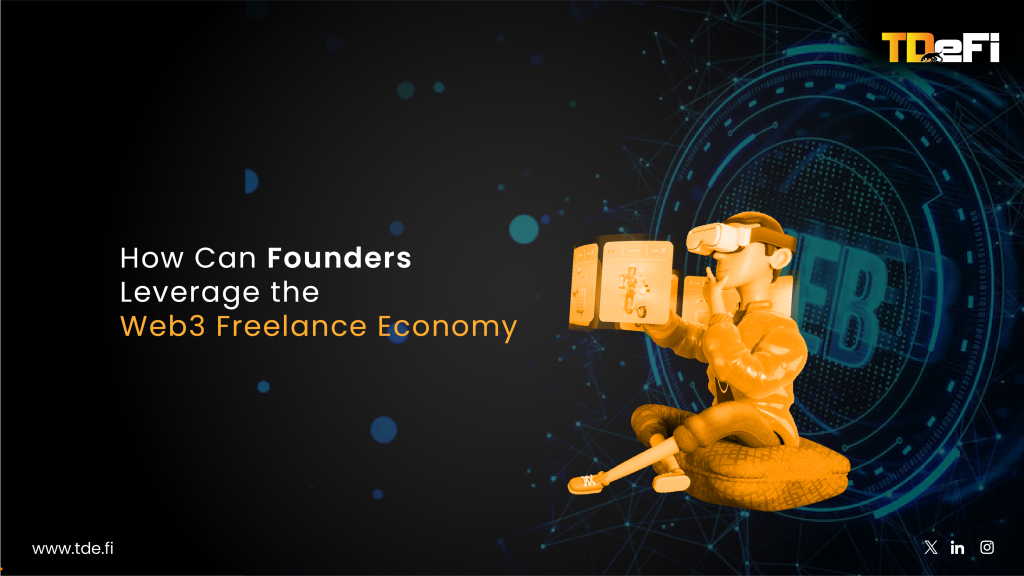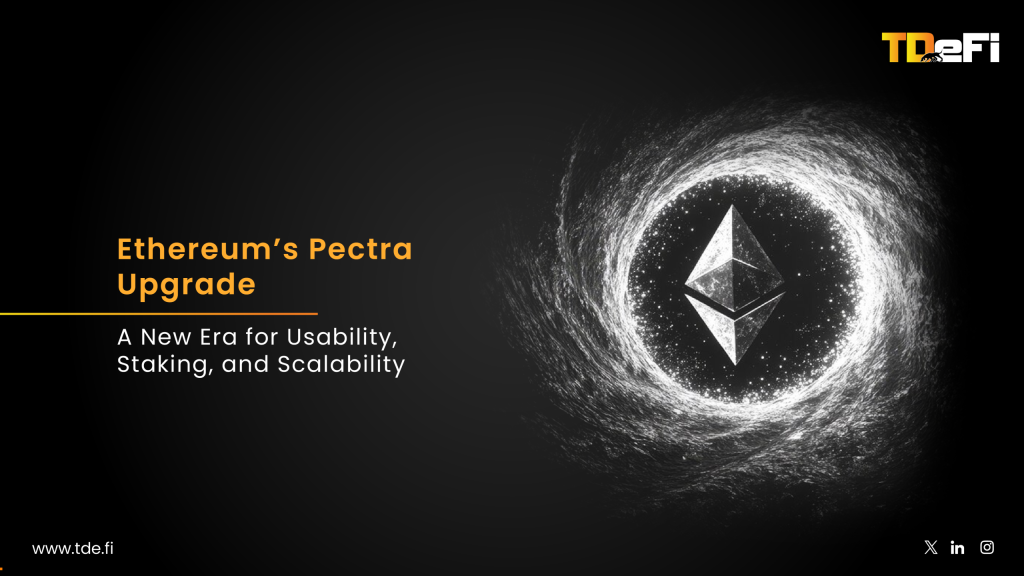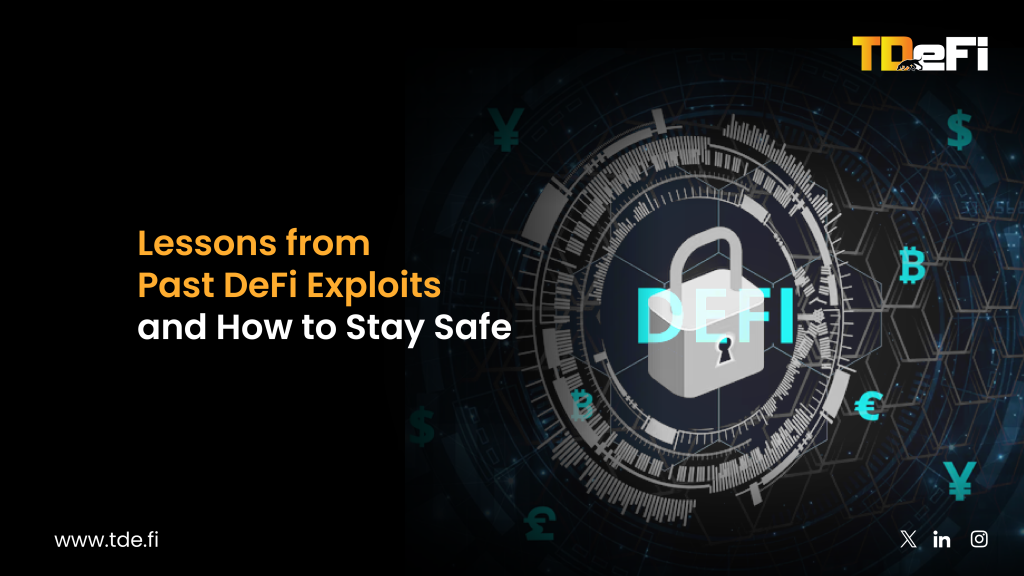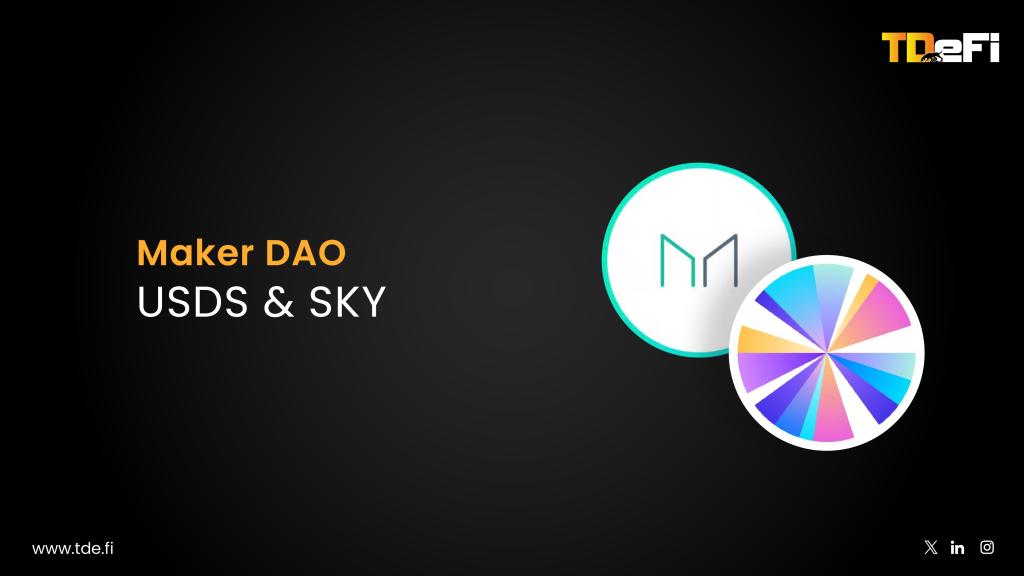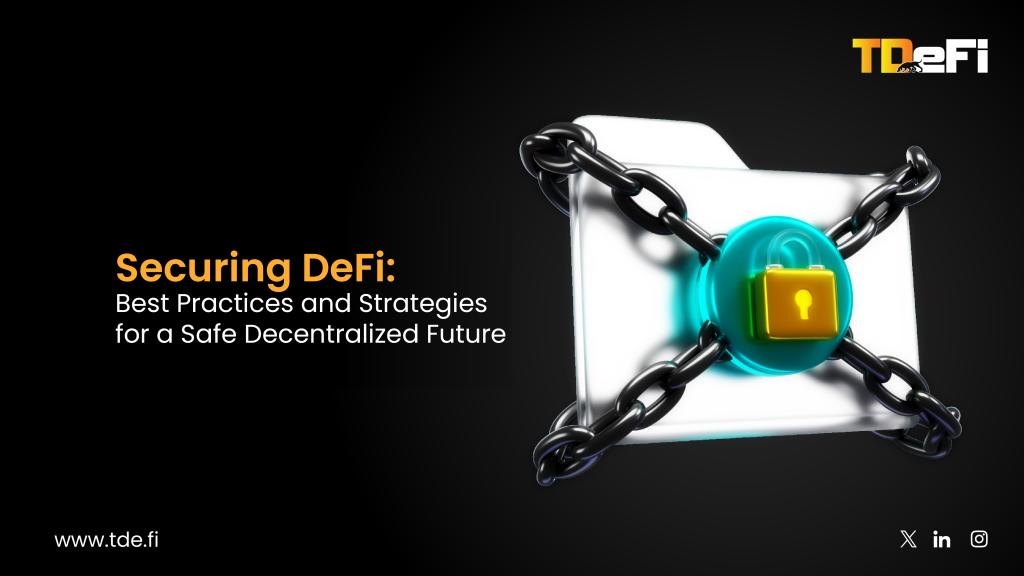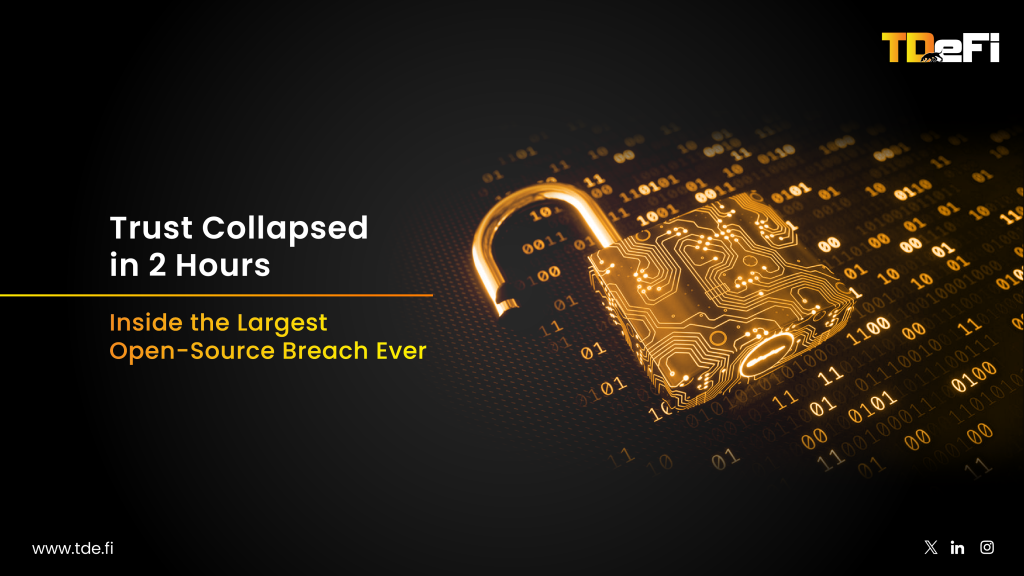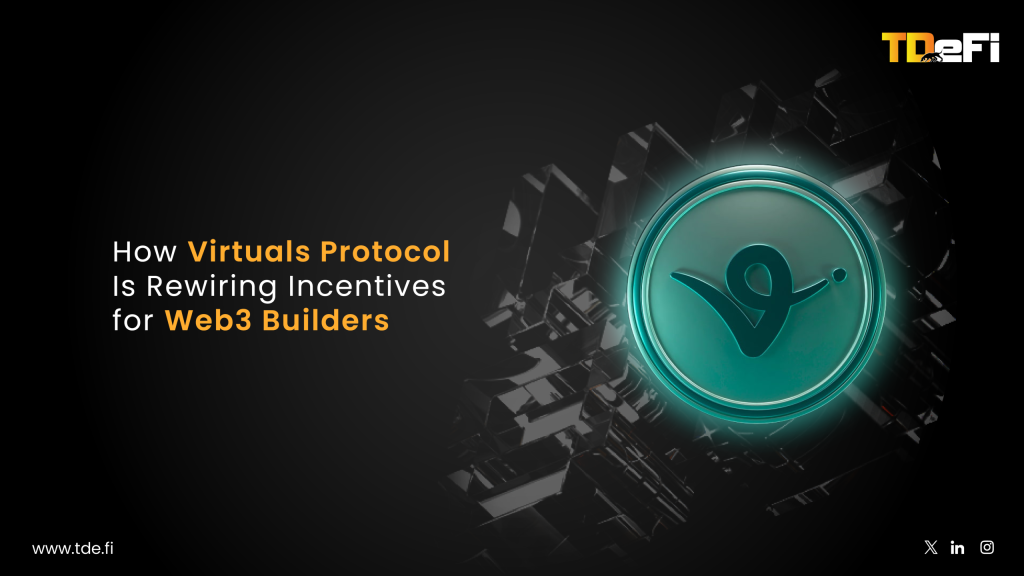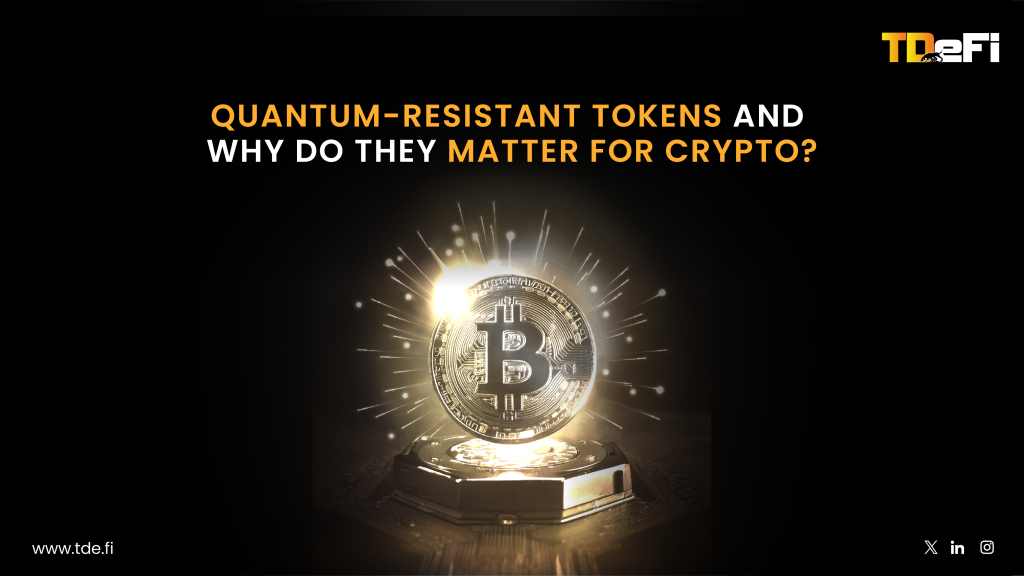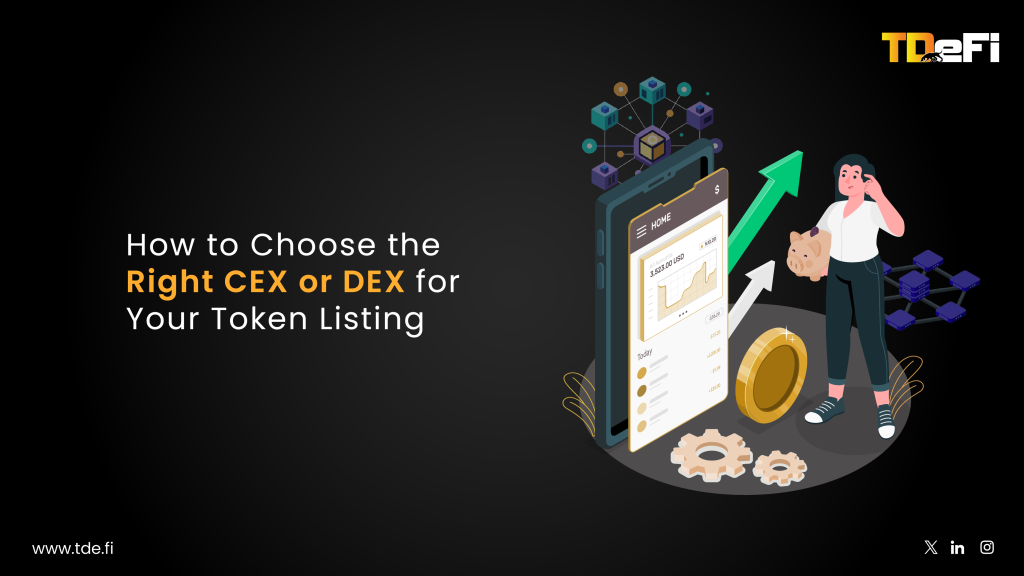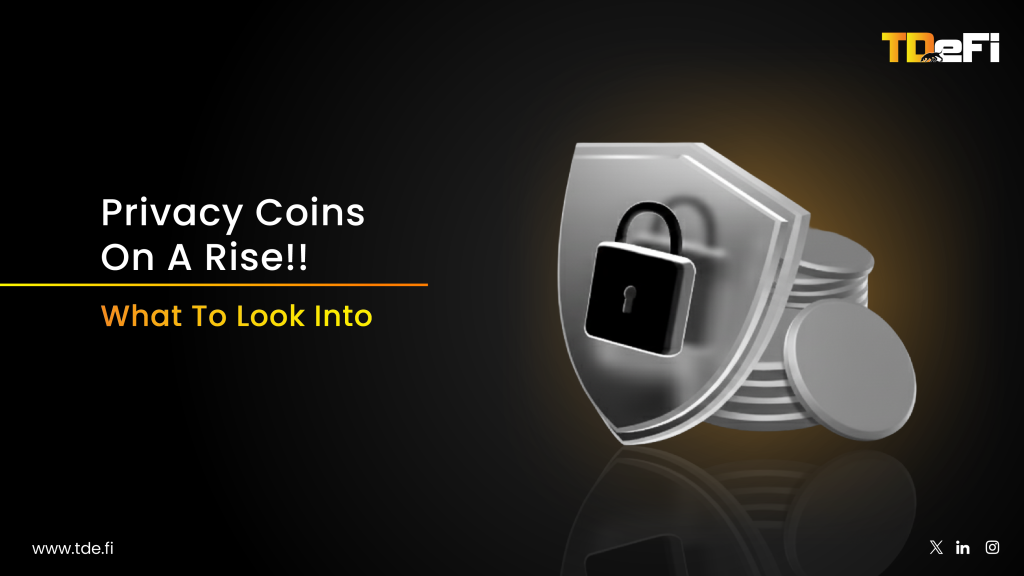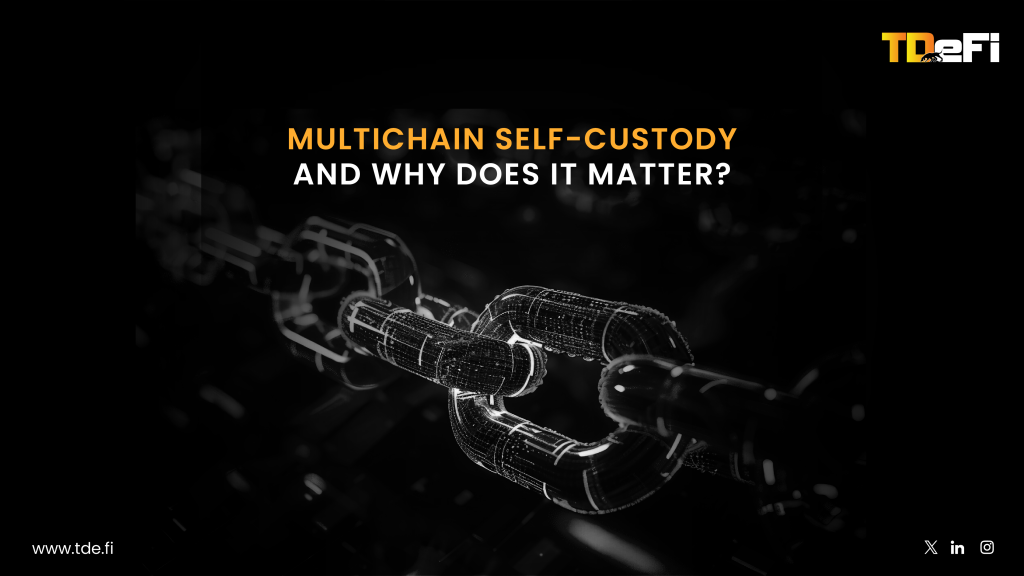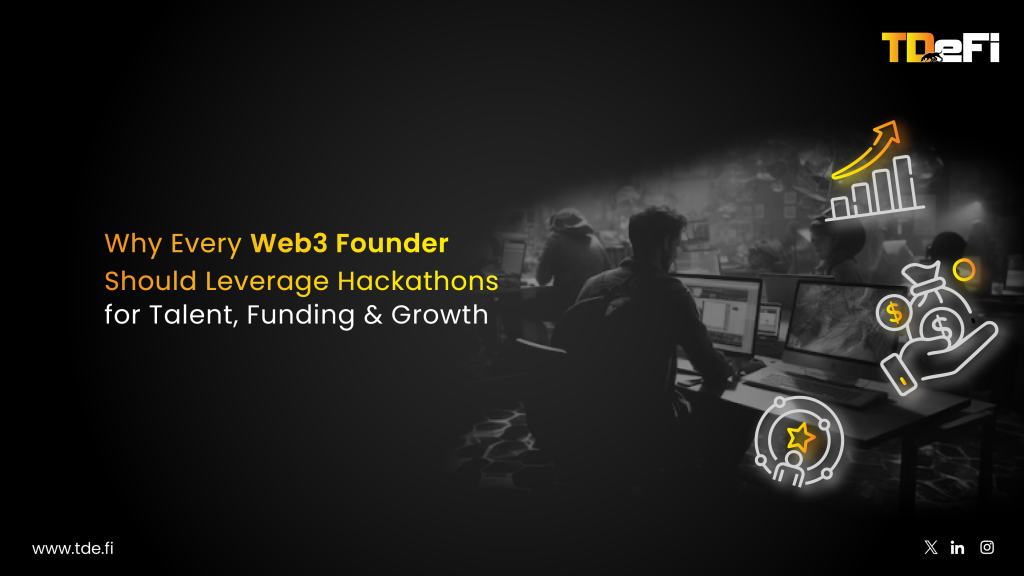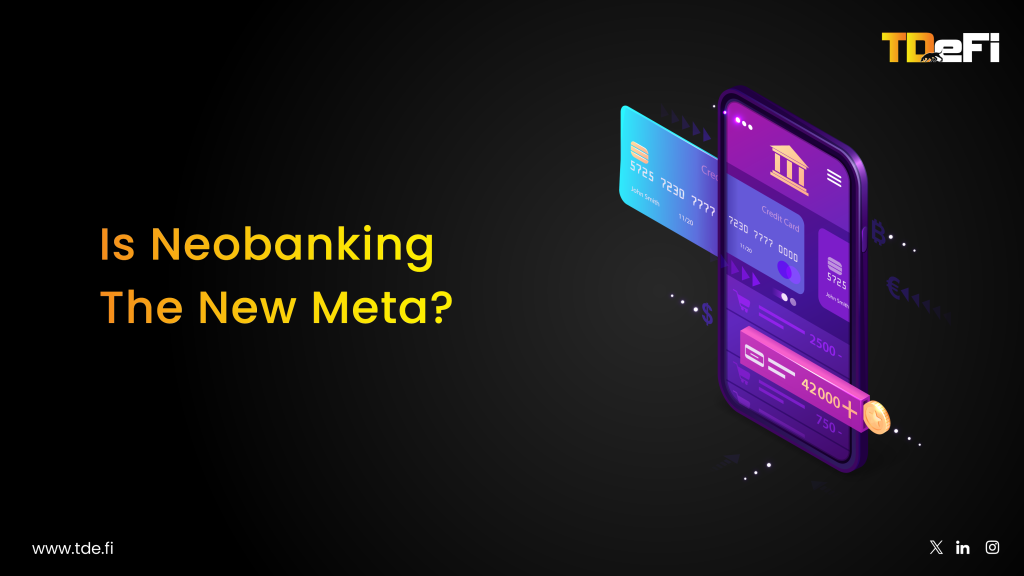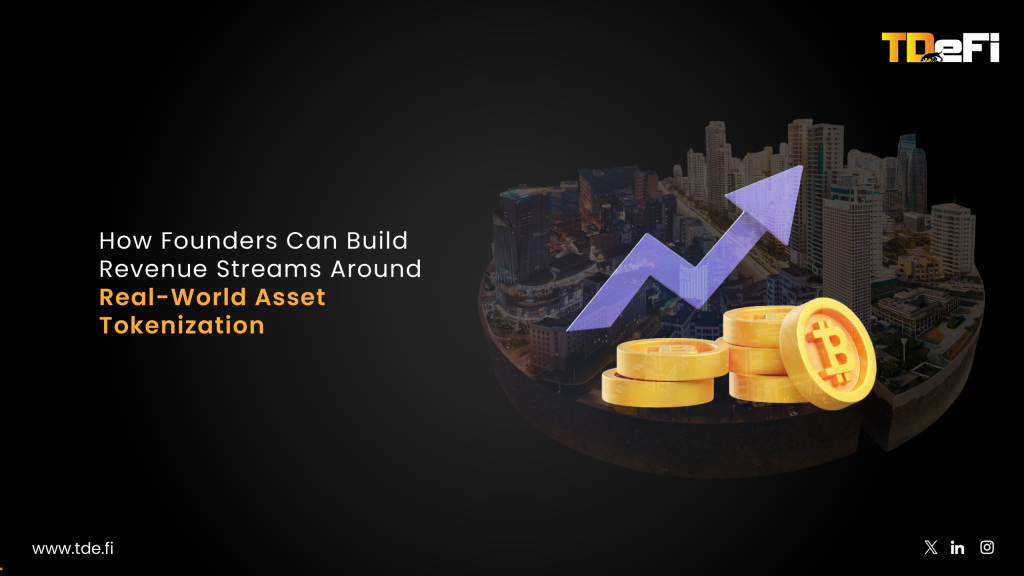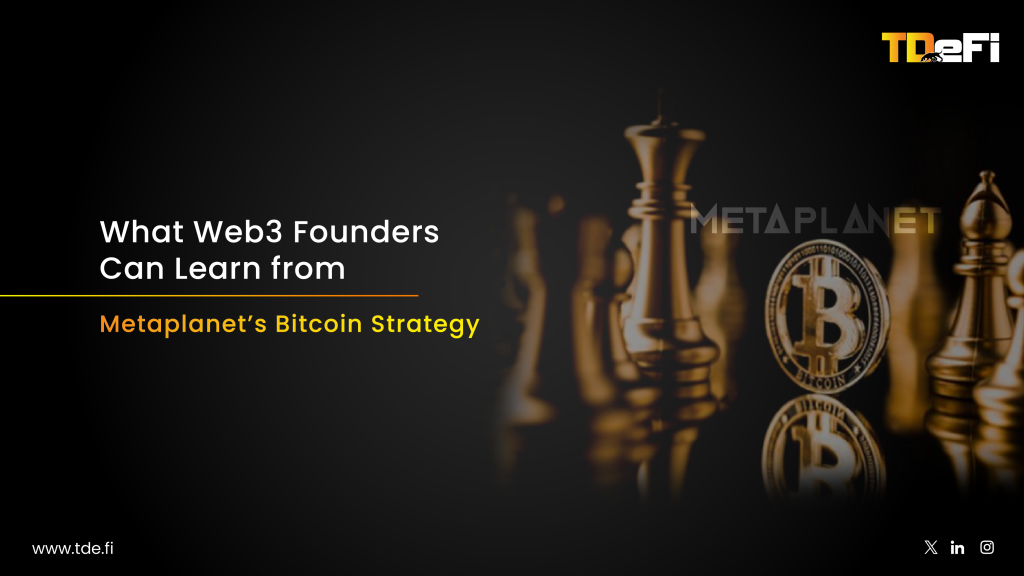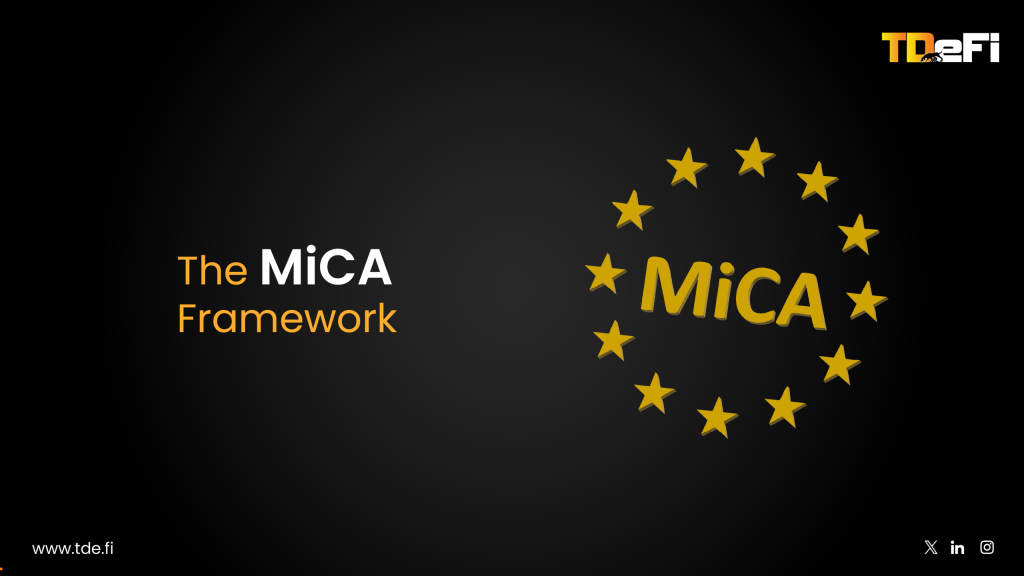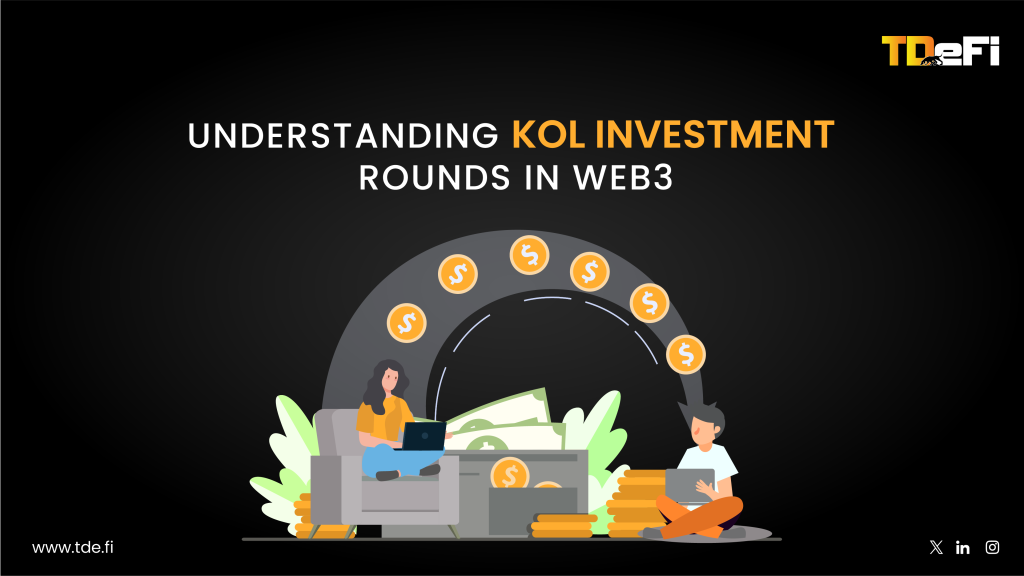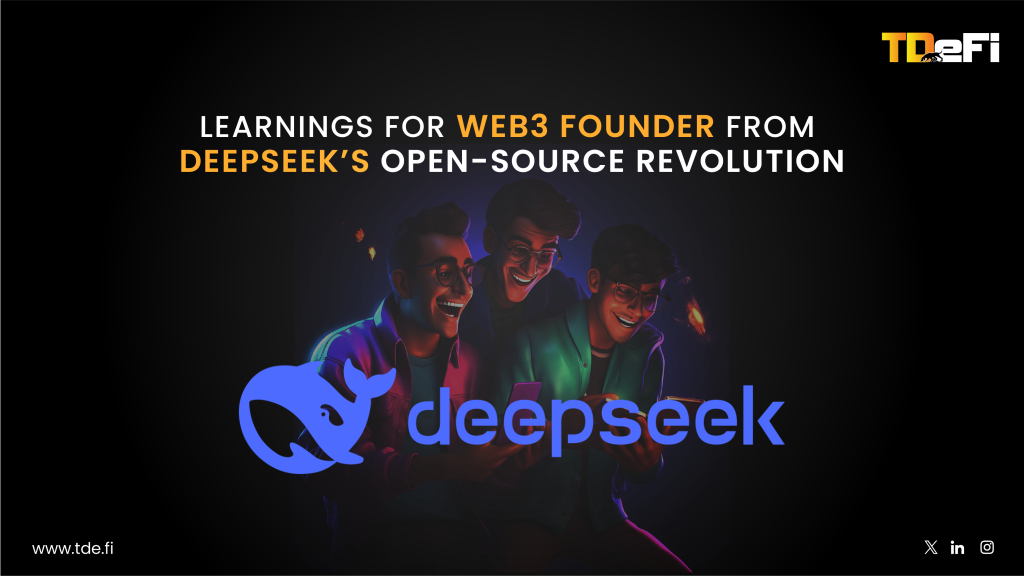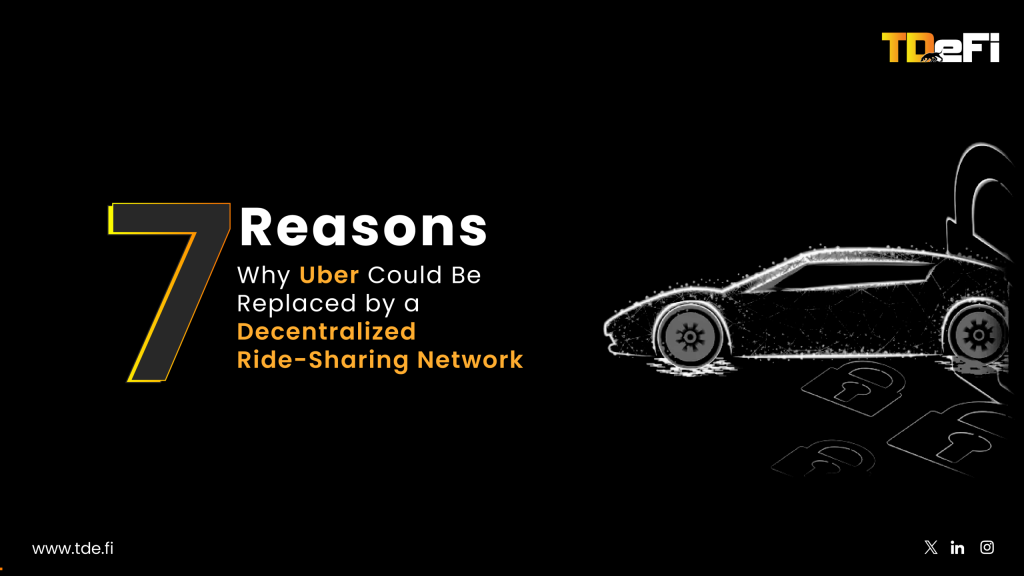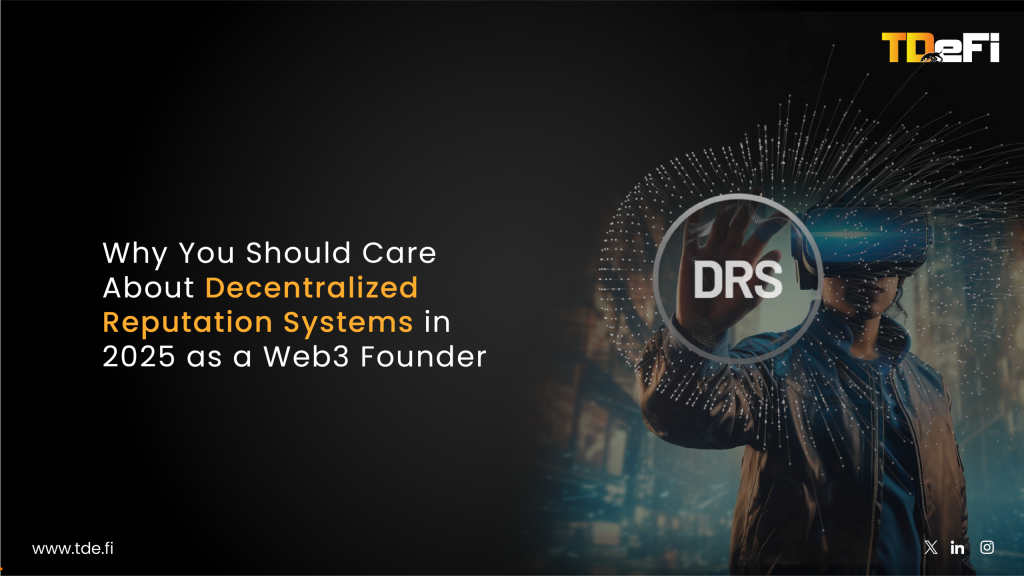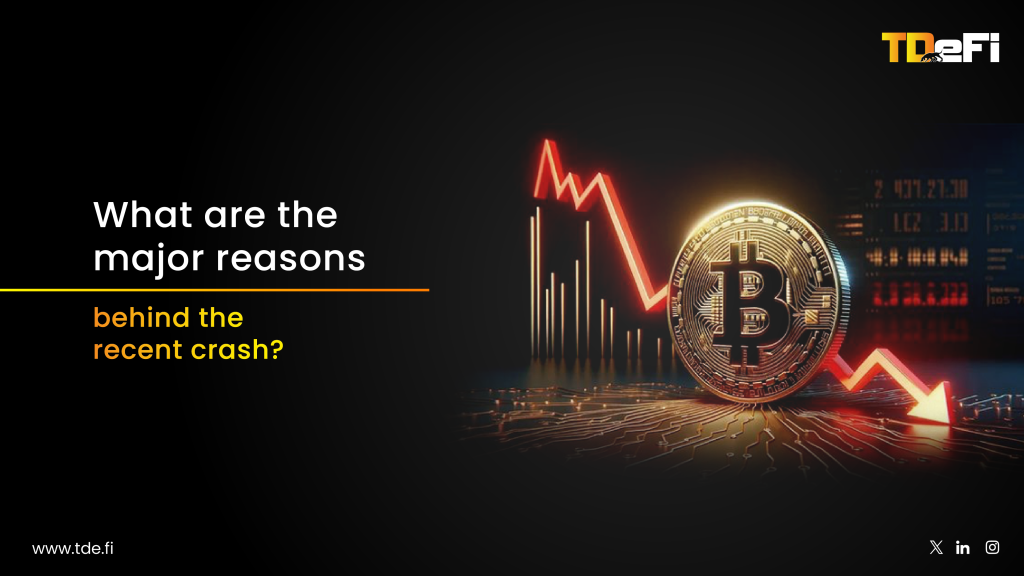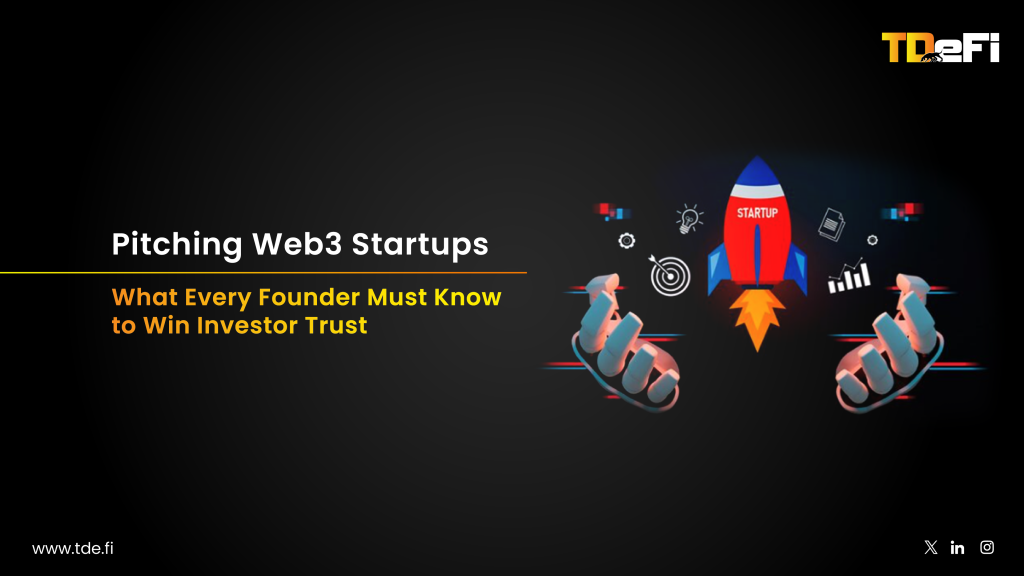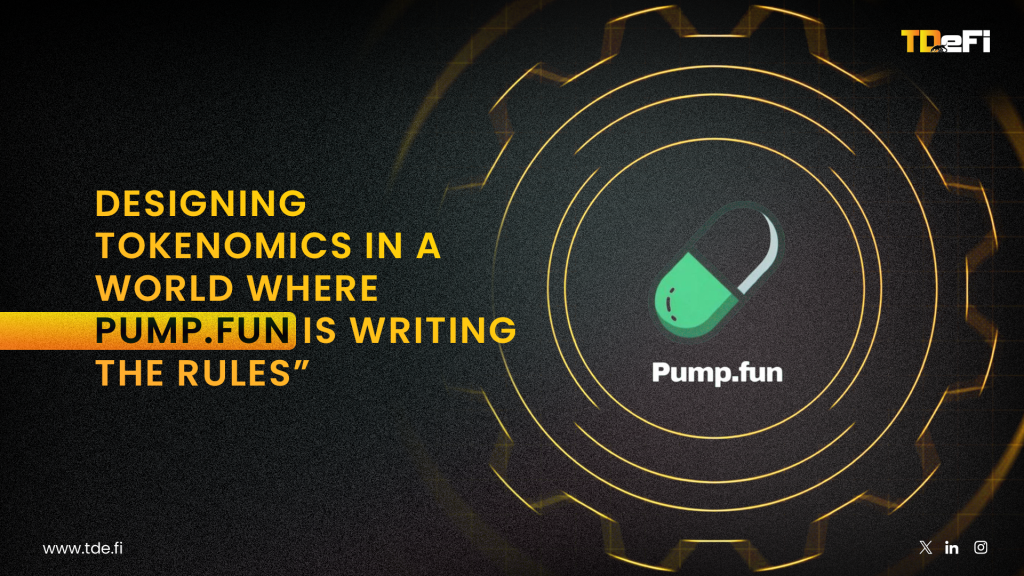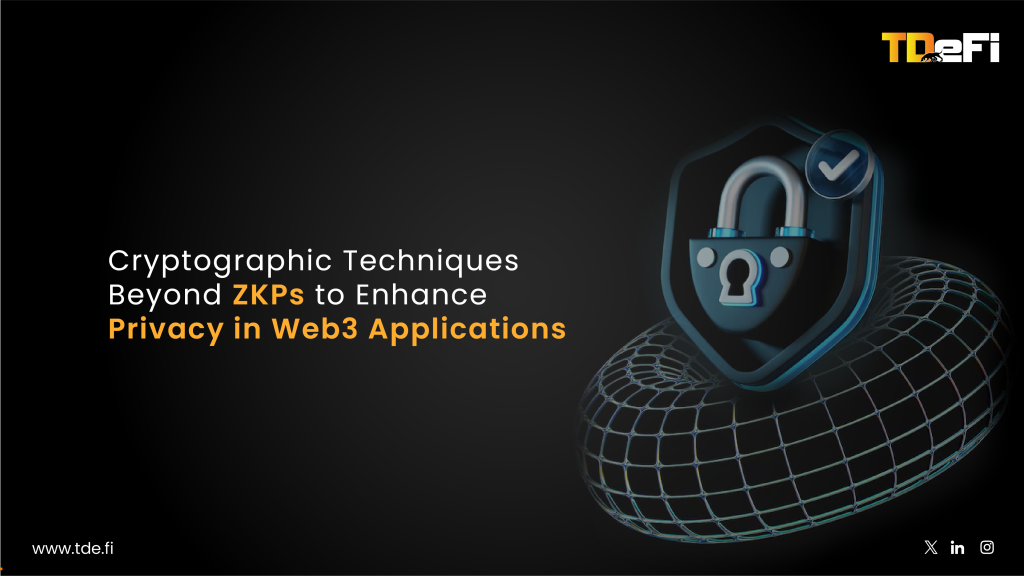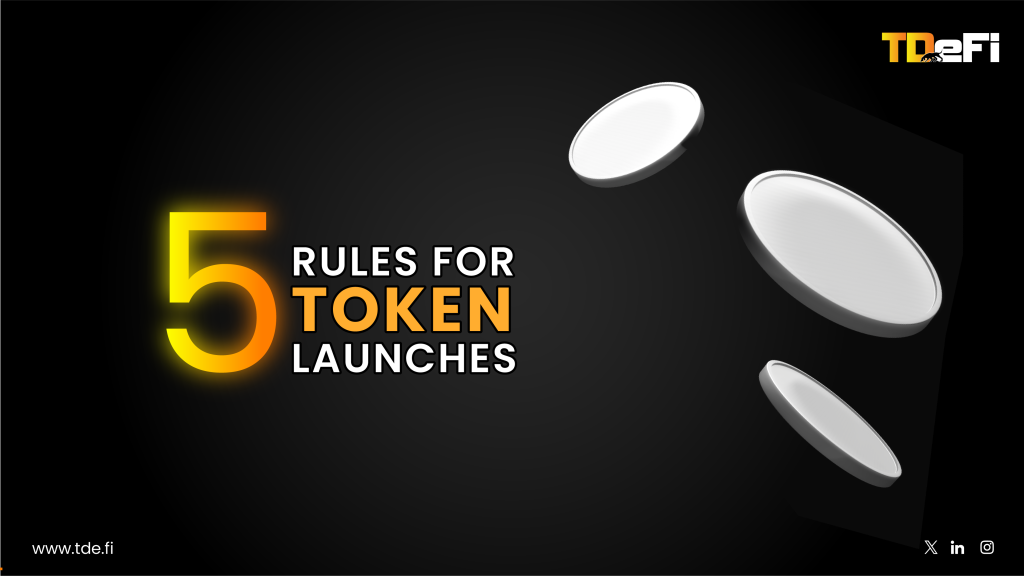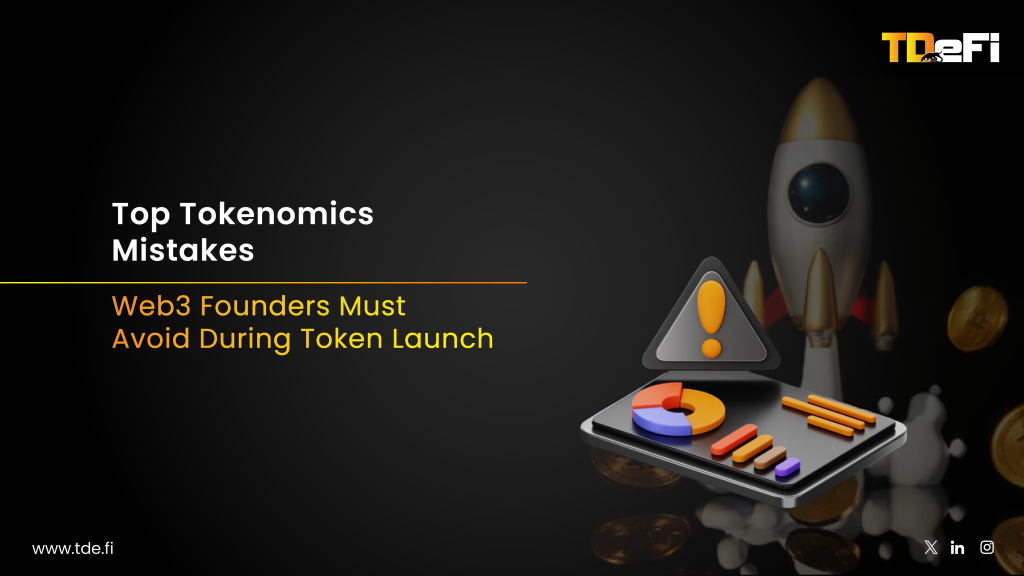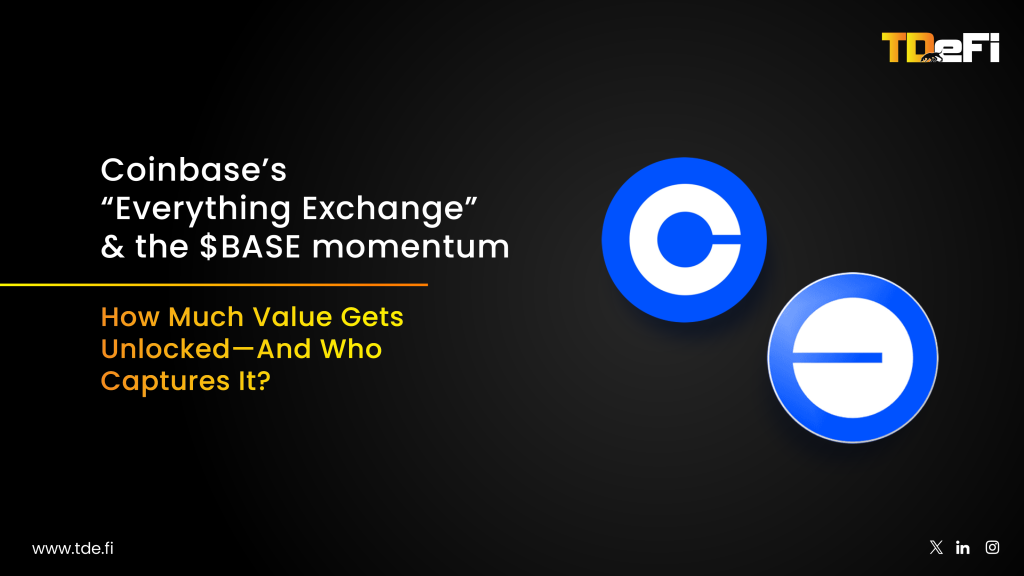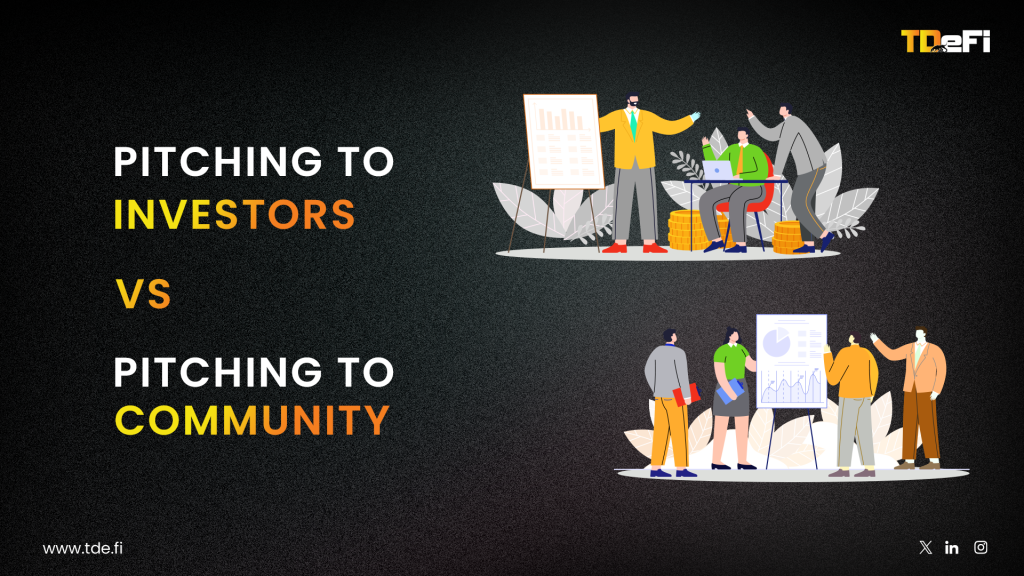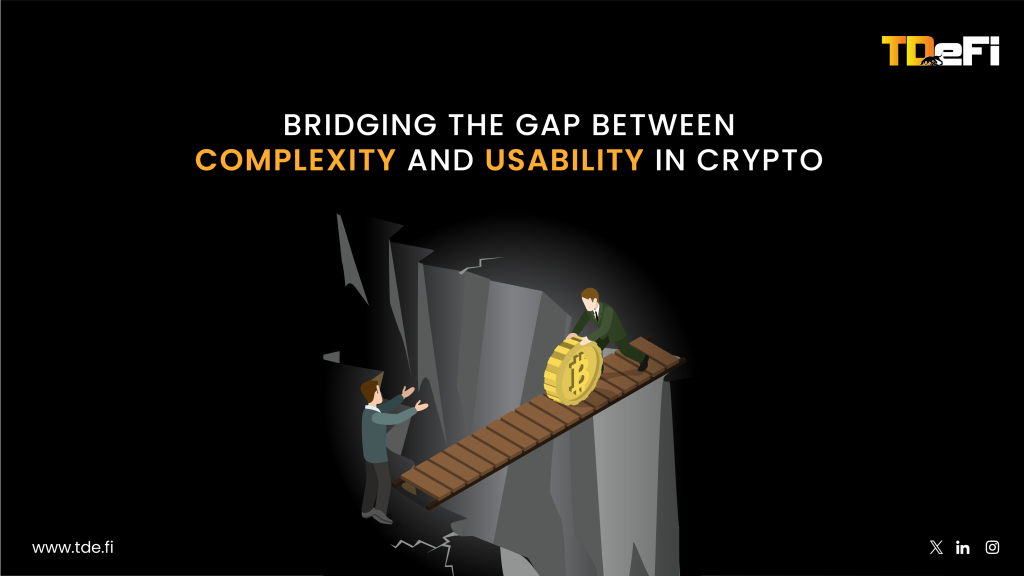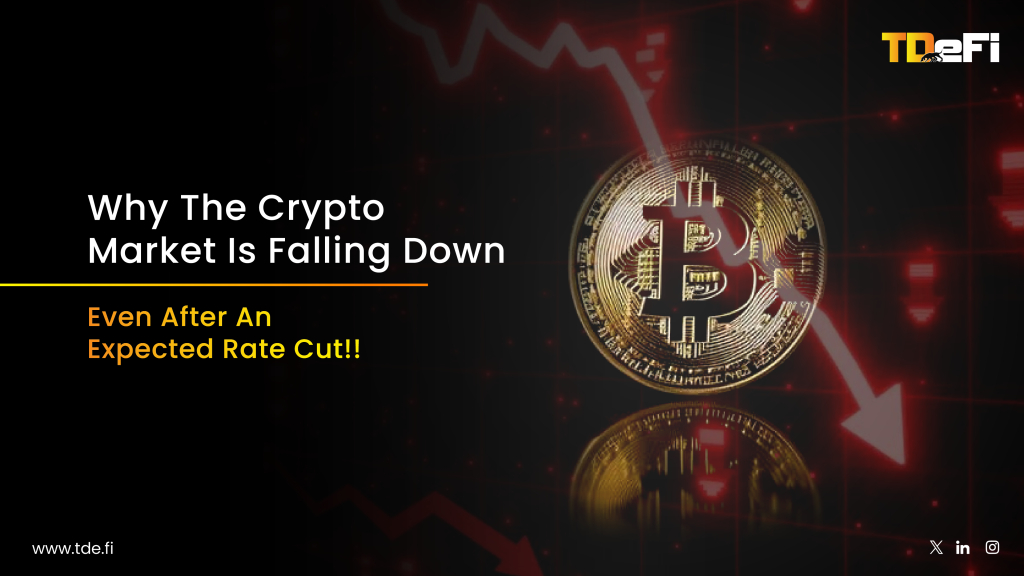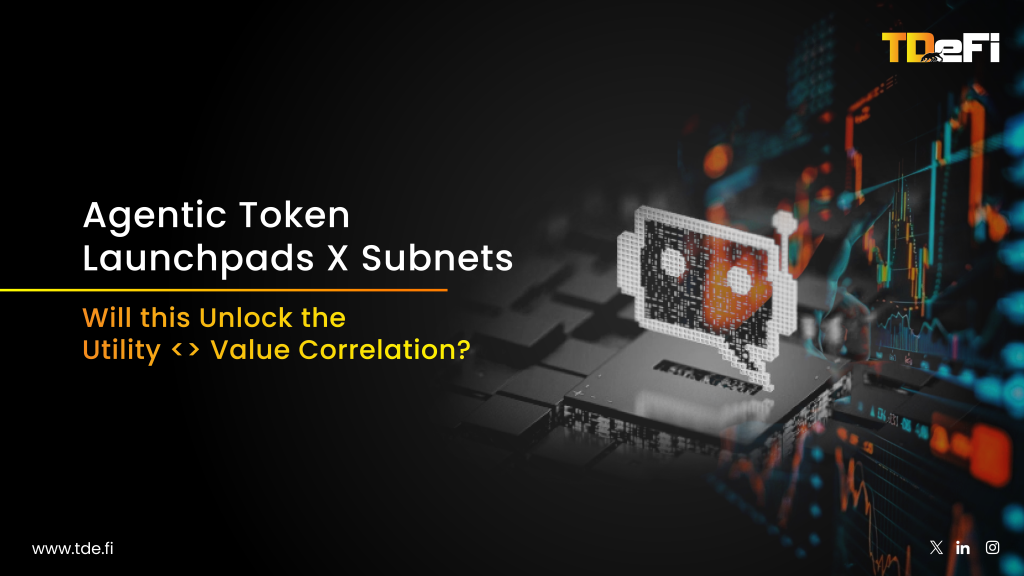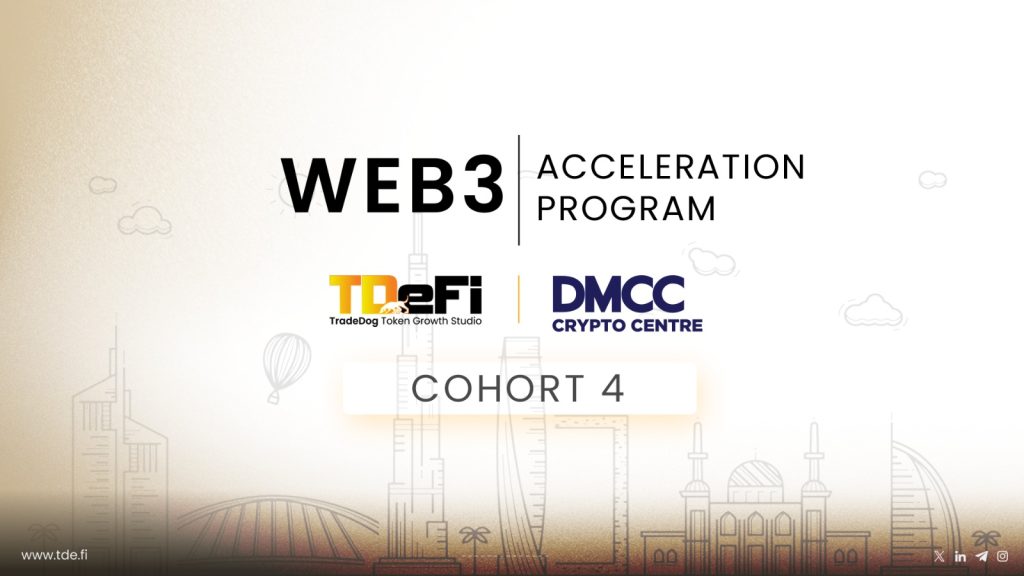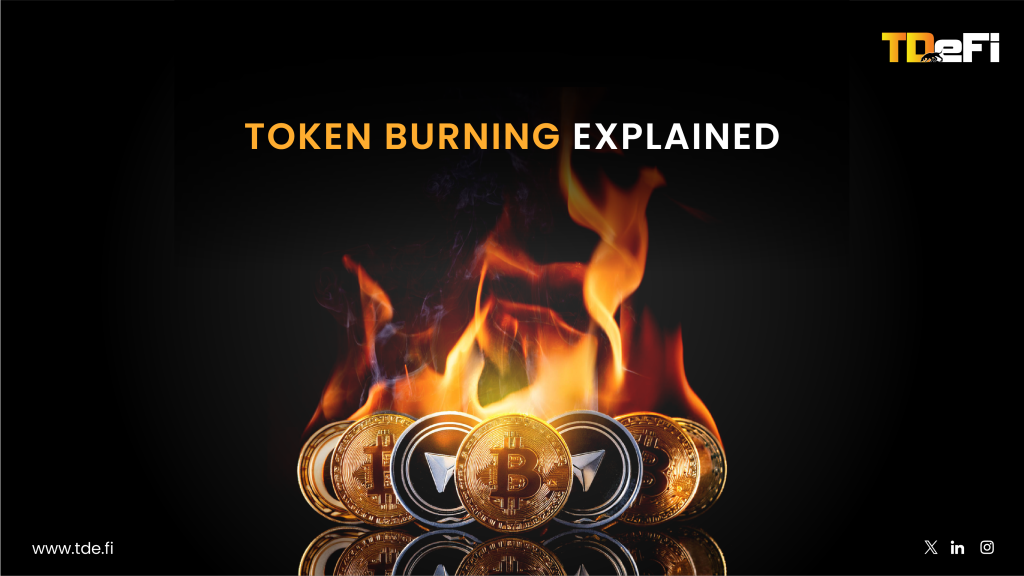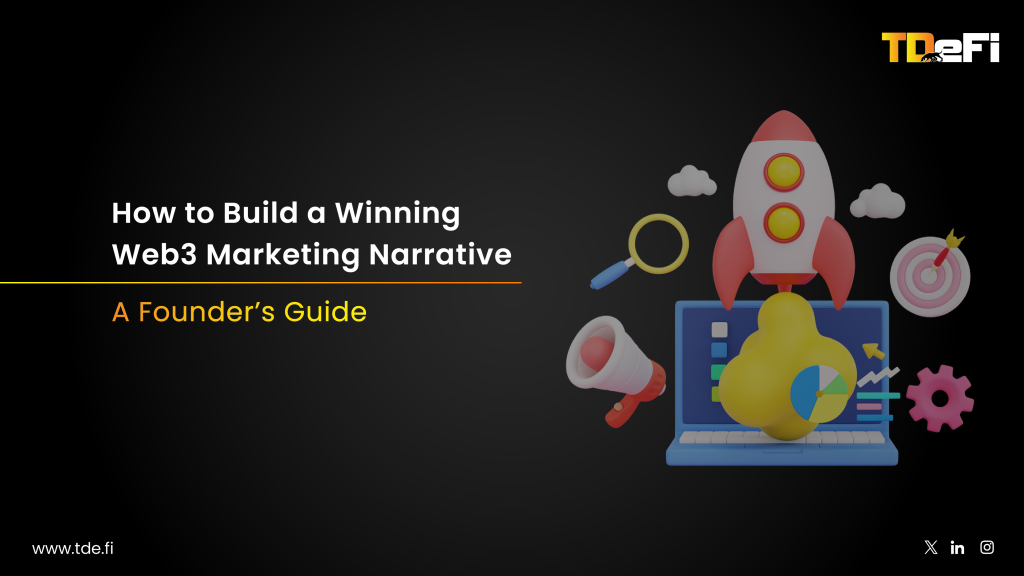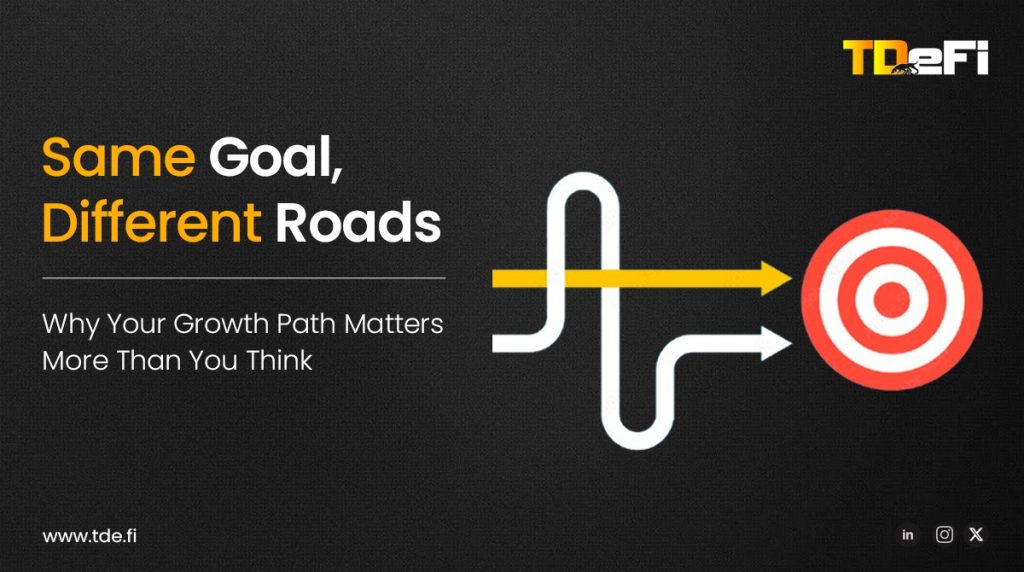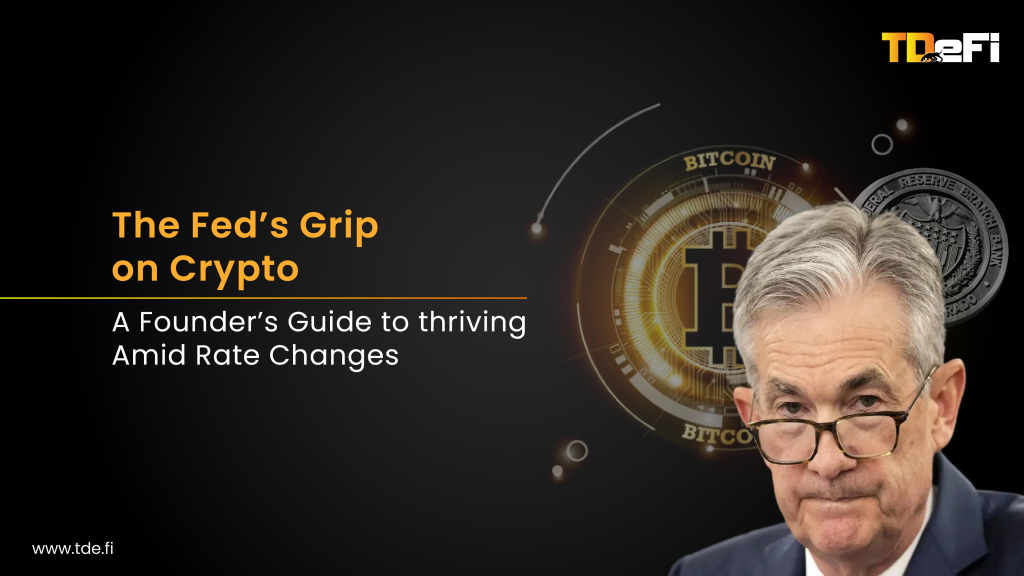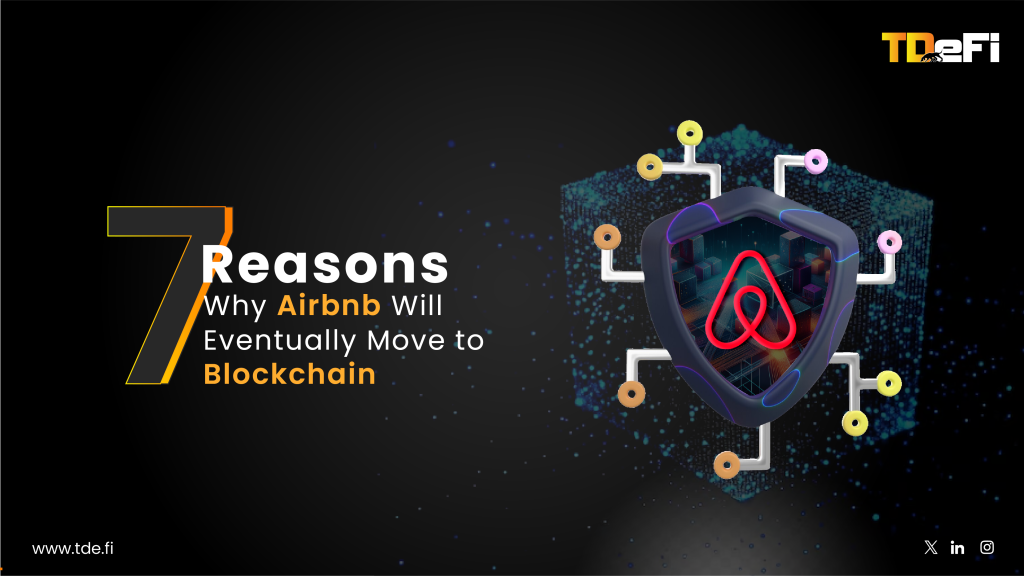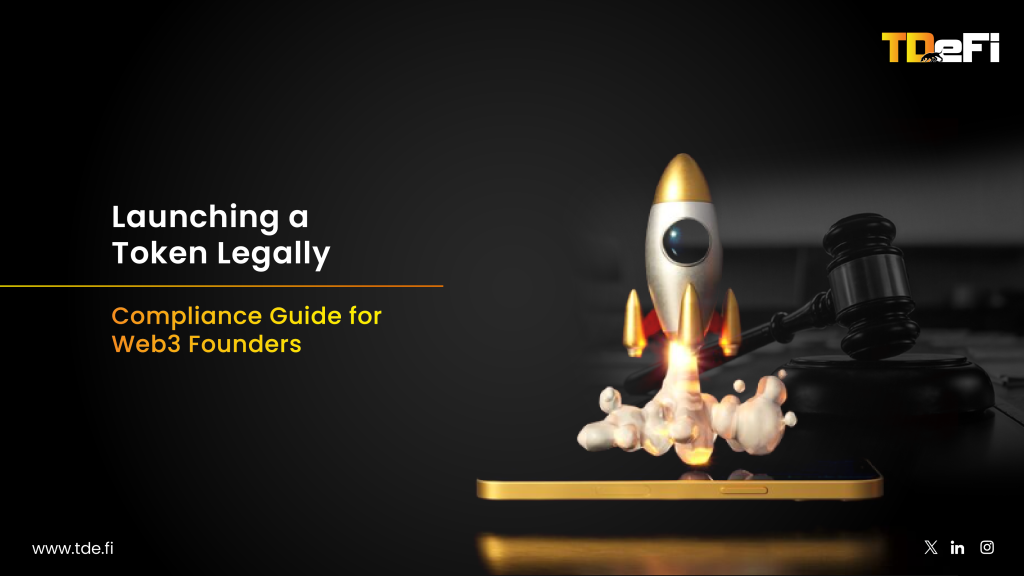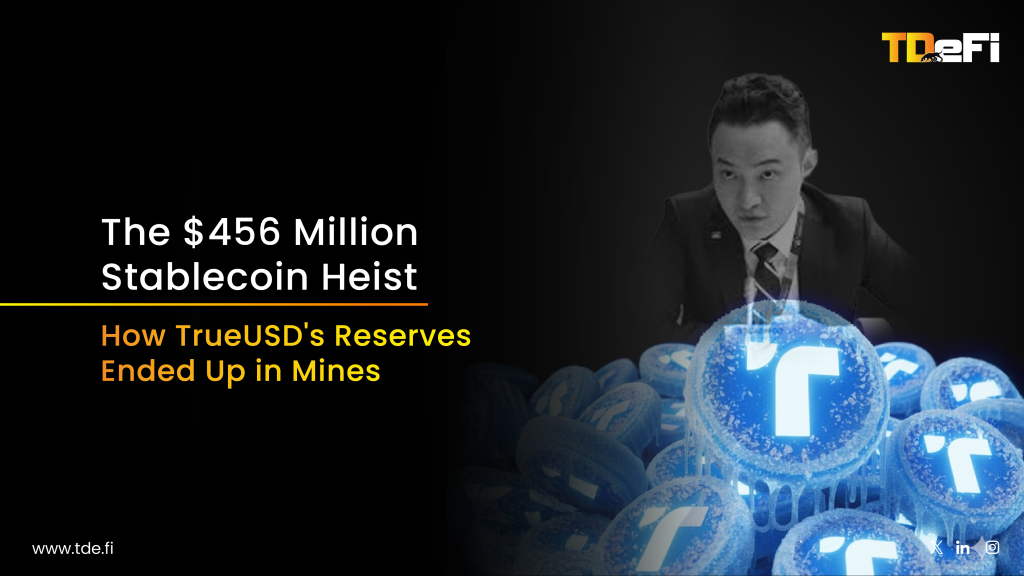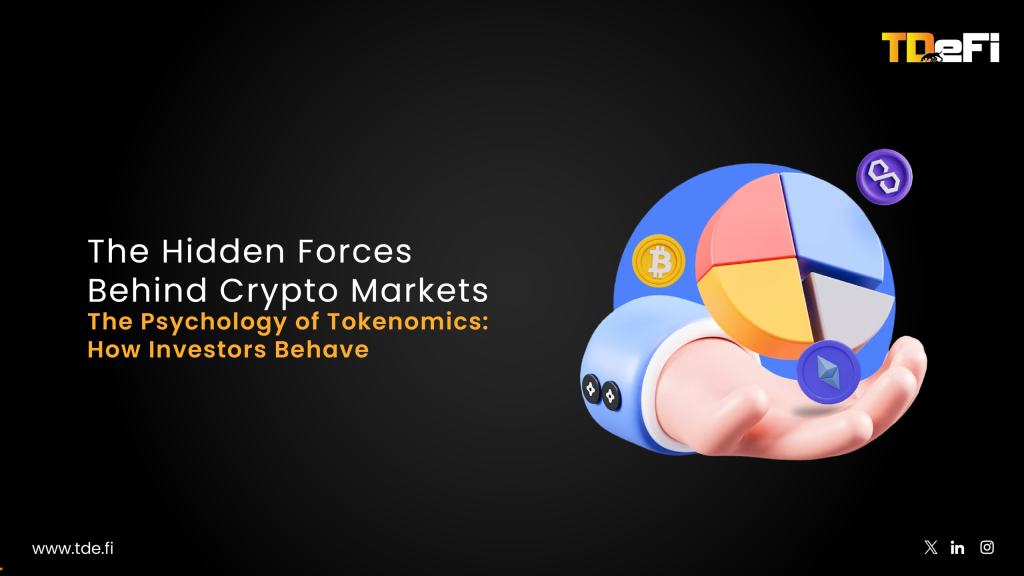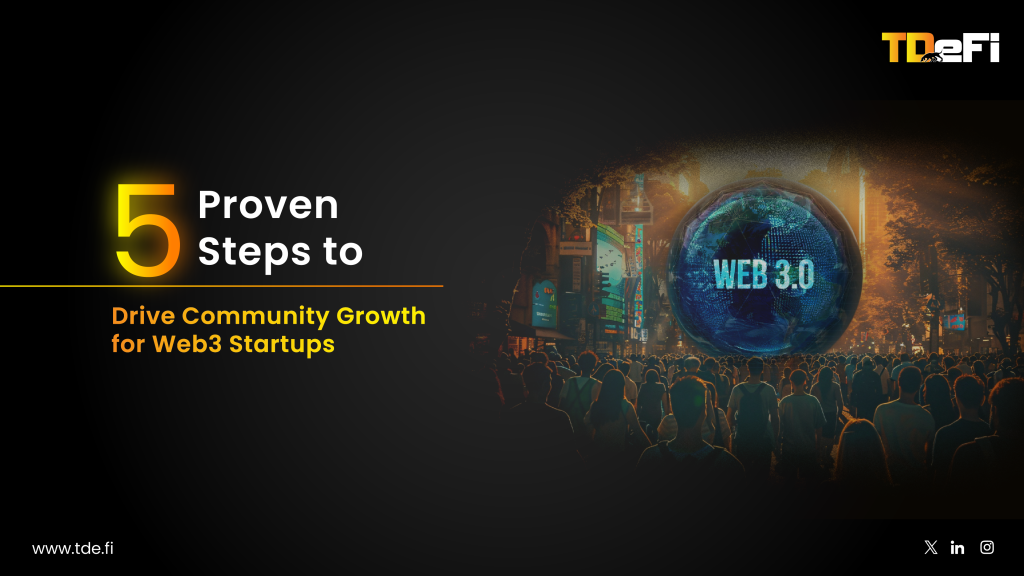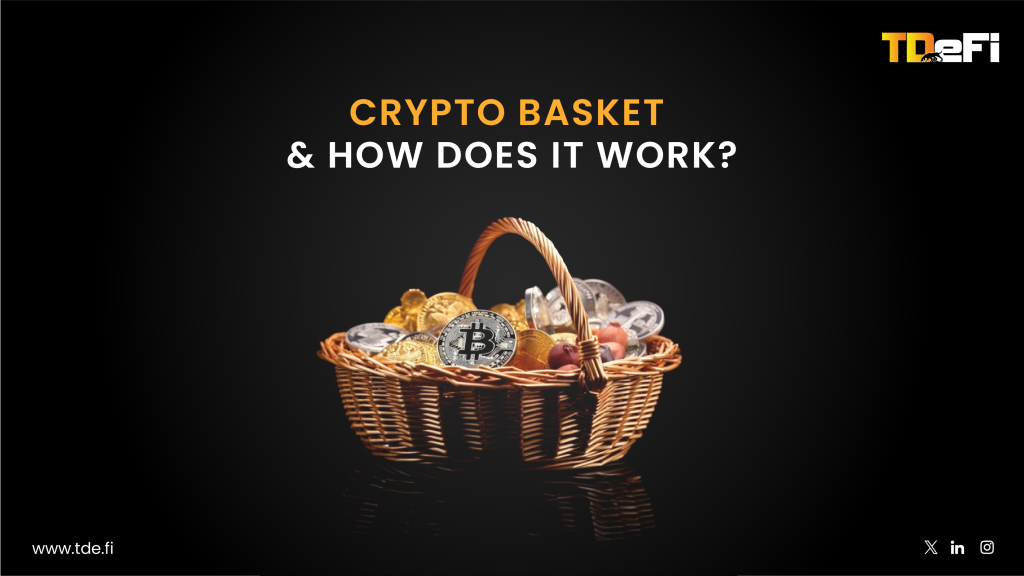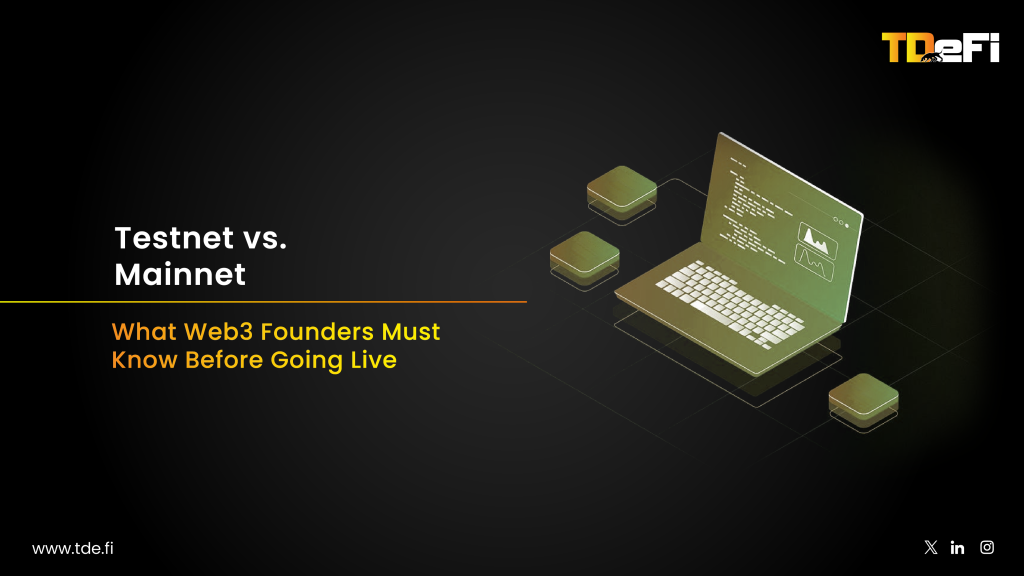A Founder’s Guide to Quantum-Resistant Web3 and Why Quranium Matters Now
You survived the bear market. Maybe you even thrived. You optimized for cash burn, stretched your runway, shipped through regulatory fog, and now you’re positioning for the next upcycle.
But there’s a silent threat most founders are ignoring.
Not macro. Not regulatory. Not even scaling.
Quantum.
The quantum era is coming, and when it does, it will make today’s security assumptions look like sandcastles. If you’re building in Web3 and haven’t stress-tested your stack for post-quantum cryptography, you might be compounding silent risk that will blindside your protocol, community, and even investors.
And the worst part? By the time it hits, it will be too late to retrofit.
Why ECDSA Is the Achilles Heel of Web3
Most Web3 infrastructure today, from Bitcoin and Ethereum to Layer 2s and wallets, relies on Elliptic Curve Digital Signature Algorithm (ECDSA). It’s efficient, well-understood, and battle-tested.
But it was never designed to survive a quantum future.
Once quantum machines achieve a certain threshold of stability and scale, Shor’s algorithm can break ECDSA in polynomial time. That means the private keys behind your cold wallets, DAO treasuries, and staking contracts become mathematically recoverable from their public counterparts.
Not with social engineering.
Not with phishing.
But with math.
And here’s the kicker: quantum-capable actors could be harvesting public keys today and just waiting. The “store-now-decrypt-later” threat isn’t hypothetical. It’s already a playbook.
Post-Quantum Isn’t Paranoia, It’s Positioning
NIST, the NSA, and major security agencies have been preparing for post-quantum cryptography (PQC) for over a decade. In 2022, NIST finalized four quantum-resistant algorithms, including CRYSTALS-Dilithium and Falcon for digital signatures.
These are not fringe ideas. These are national-security-grade recommendations.
Timelines vary, but most serious cryptographers expect quantum-breaking capabilities to emerge within 5-10 years. Sounds far off? Not if you’re locking up governance tokens, NFTs, or validator keys for a decade.
Founders love to optimize for timing the market.
But in this case, if you’re “just in time,” you’re already too late.
Enter Quranium: Turning Quantum Threats Into Founder Leverage
This is where Quranium enters the narrative, not just as a cryptographic upgrade, but as a strategic inflection point for Web3 founders.
Quranium isn’t a Layer 1 or a middleware bolt-on. It’s an end-to-end, quantum-resistant blockchain infrastructure built with PQC as its native foundation. That means:
- No dependence on ECDSA or Schnorr curves
- Native support for lattice-based cryptography like Dilithium
- Future-proof key rotation and signature schemes
- Flexible tooling for Web3 builders to integrate PQC without breaking UX
But beyond the stack, Quranium offers something subtler but more powerful:
Narrative leverage.
If you’re building on Quranium, you’re not just secure. You’re signaling.
You’re telling the market: “We didn’t wait for disaster to prepare. We built for the next frontier before it was popular.”
And in Web3, perception is security.
What Quantum Readiness Signals to VCs, Enterprises, and Regulators
Here’s what most founders miss:
Quantum resistance isn’t just a backend upgrade.
It’s a frontline narrative advantage.
- To VCs: It says you’re defensible. Not just from forks or feature creep, but from existential threats. In a world where the average investor can’t audit your code, they can audit your posture.
- To Enterprises: It removes a blocker. Major institutions now demand quantum-proofing in RFPs. Building on Quranium lets you go from “too risky” to “preferred partner.”
- To Regulators: It earns trust. As frameworks for crypto infrastructure evolve, projects with quantum readiness are more likely to be seen as long-term viable.
This is why Quranium is more than a technology stack, it’s a positioning layer.
A Founder’s Playbook for Quantum Readiness
If you’re building today, here’s what to do before you need it:
- Audit Your Exposure
Identify every smart contract, token standard, or wallet that relies on ECDSA or similar. - Map Asset Duration
Any token vesting, NFT, or locked stake >5 years should be treated as high-risk if quantum isn’t mitigated. - Ask Your Infra Partners
What’s their PQC roadmap? Can they migrate without loss of user keys or signatures? - Experiment with Quranium
Even if you’re not migrating today, start testing. See how PQC alters your key management, TX sizes, or contract architecture. - Build the Narrative
Add “Quantum-Ready” to your pitch decks. Draft a Medium post. Signal early. Educate your community.
Build Like It’s Already 2030
Web3 is built on trustless systems. But trust in cryptography is temporal. It expires.
Founders who survived 2022 learned to optimize for market cycles.
Founders who win 2030 will optimize for physics cycles.
Quantum resistance isn’t about fear.
It’s about future-proofing your moat.
It’s about building for the long tail of value.
And right now, it’s a chance to do what every great founder does:
Turn risk into signal.
Quranium makes that signal loud, credible, and composable.
Are you listening?
Want to learn how to integrate Quranium into your roadmap? We’re advising early-stage teams on building secure, quantum-resilient protocols.


